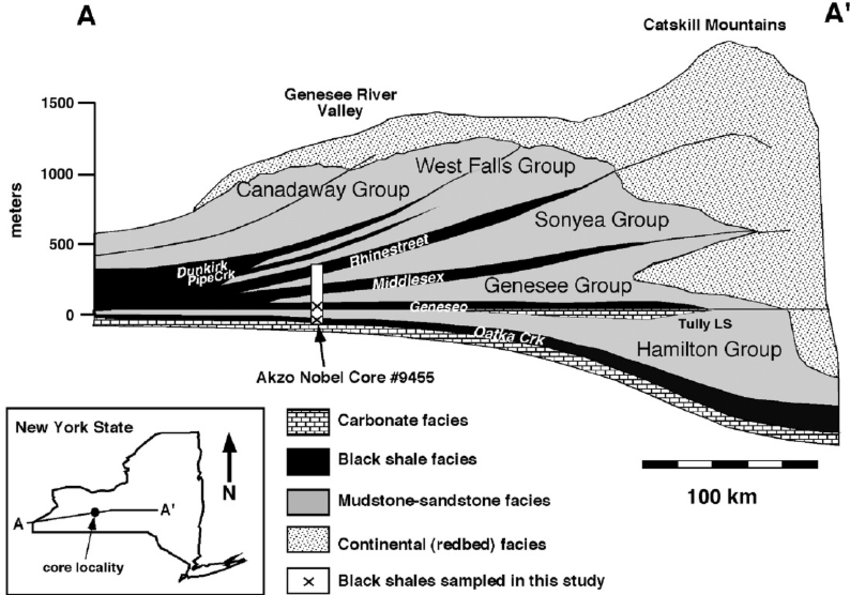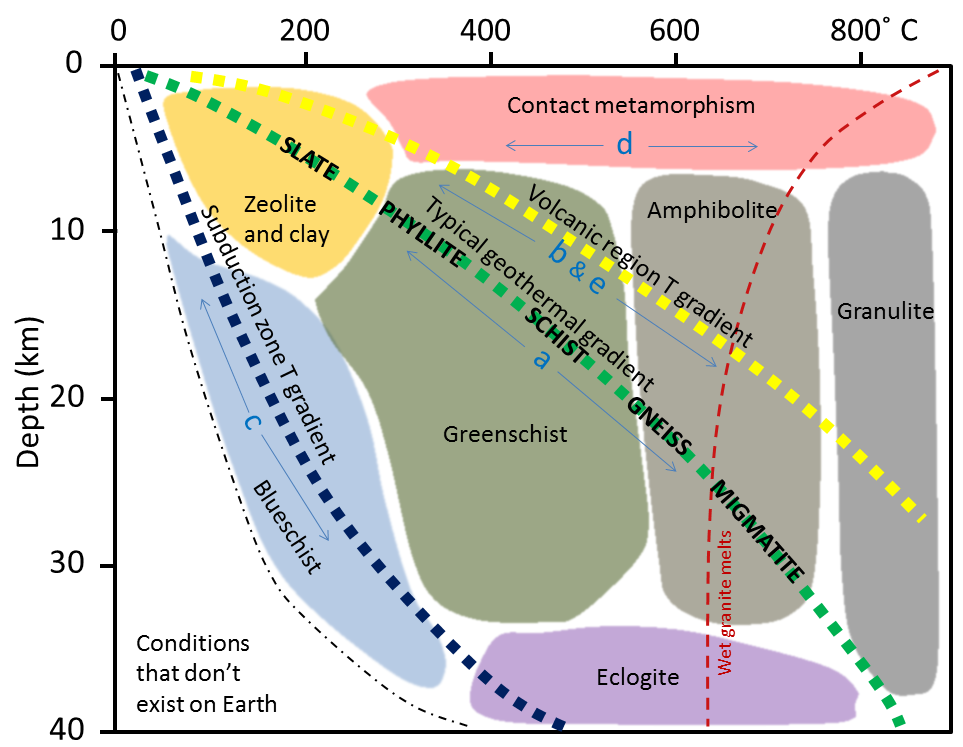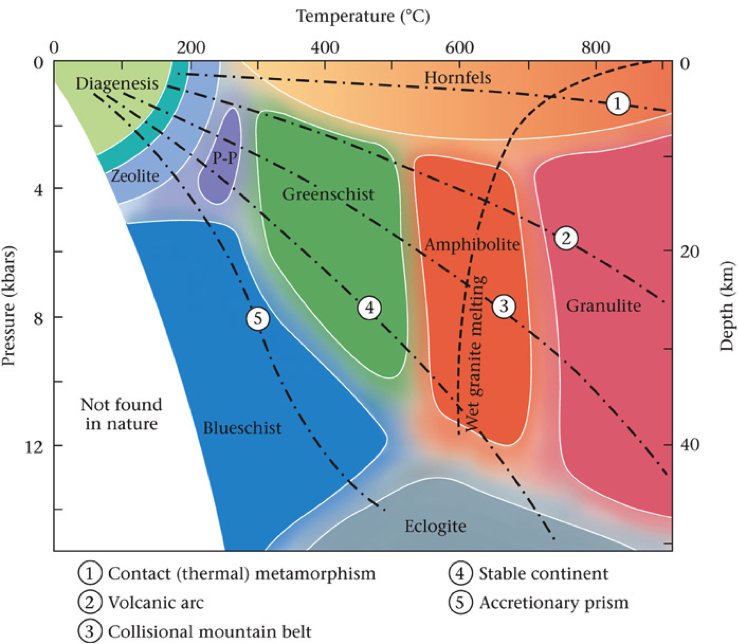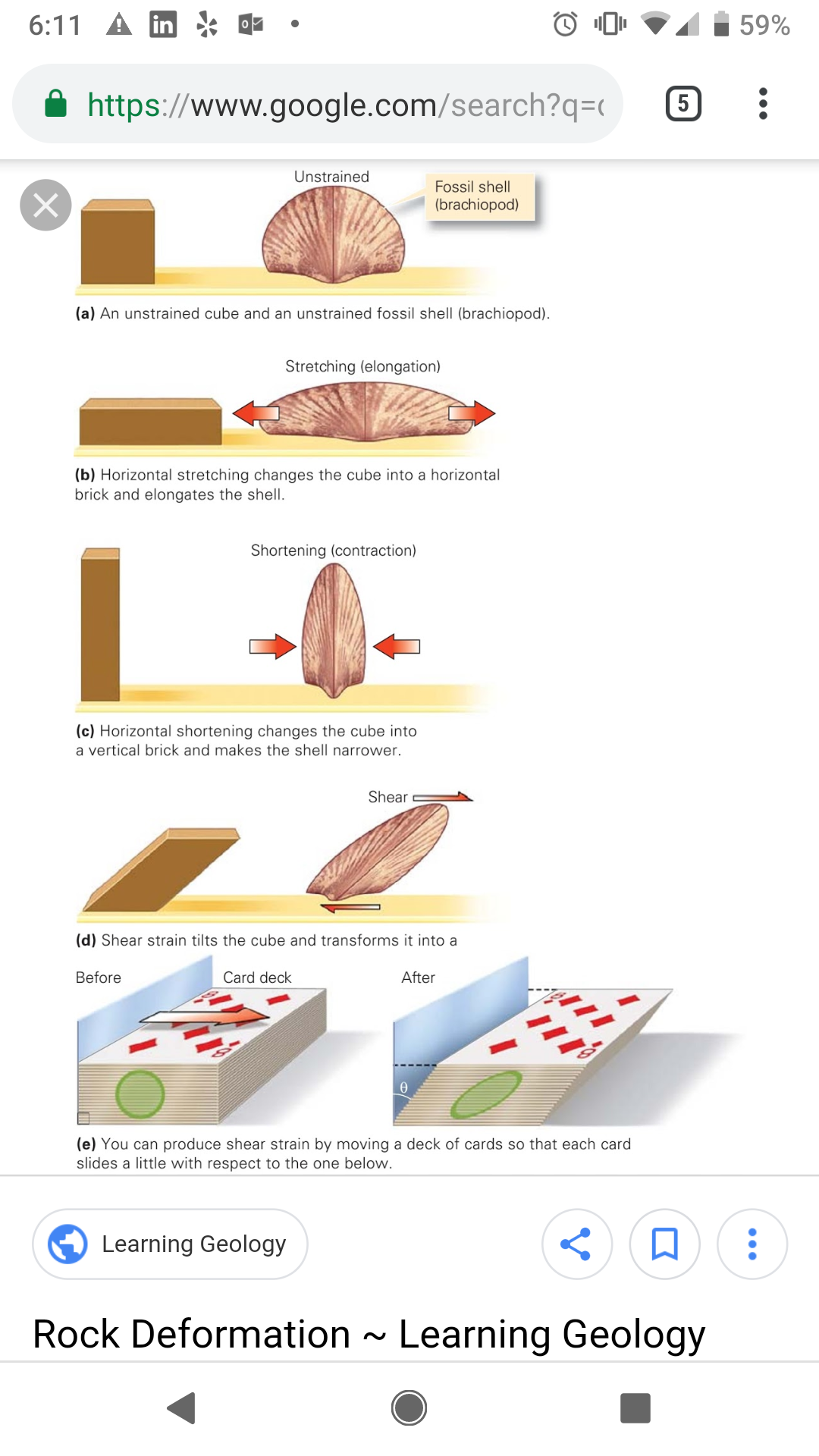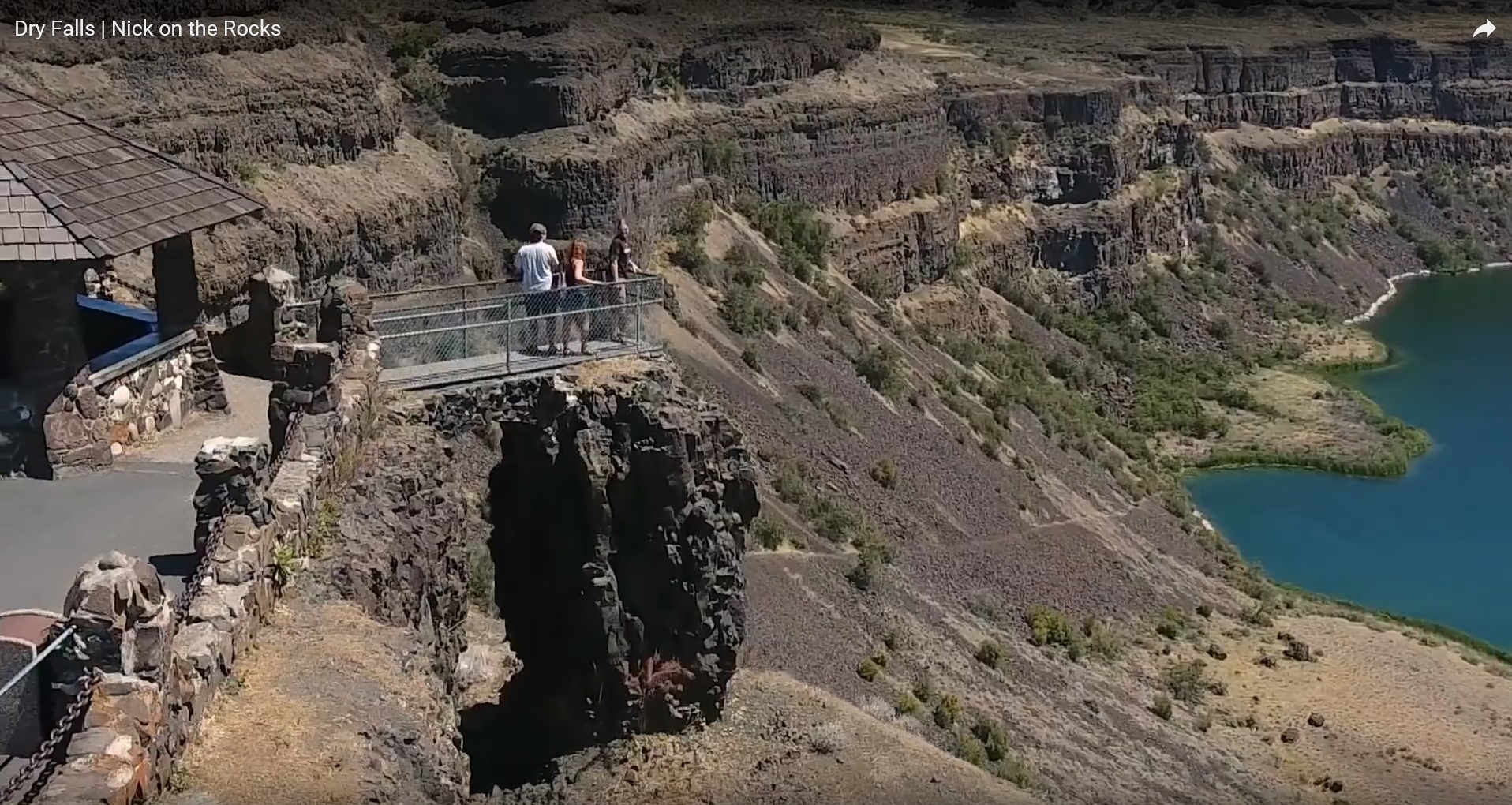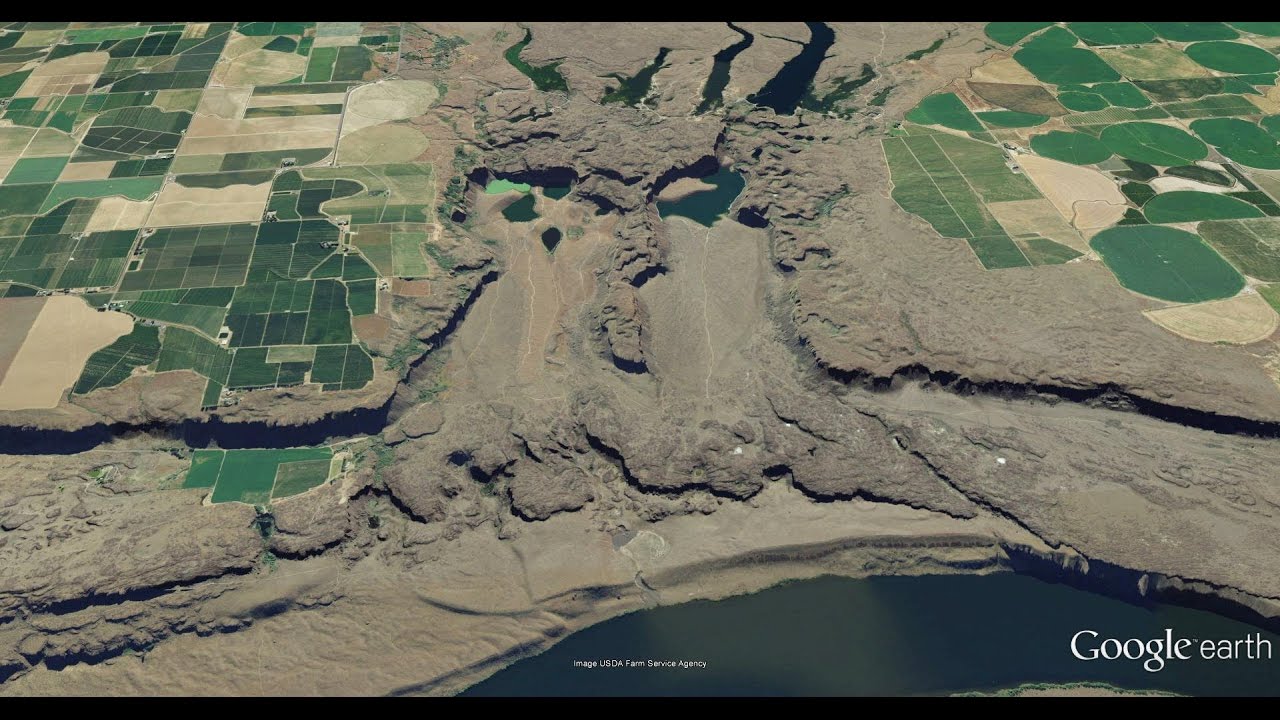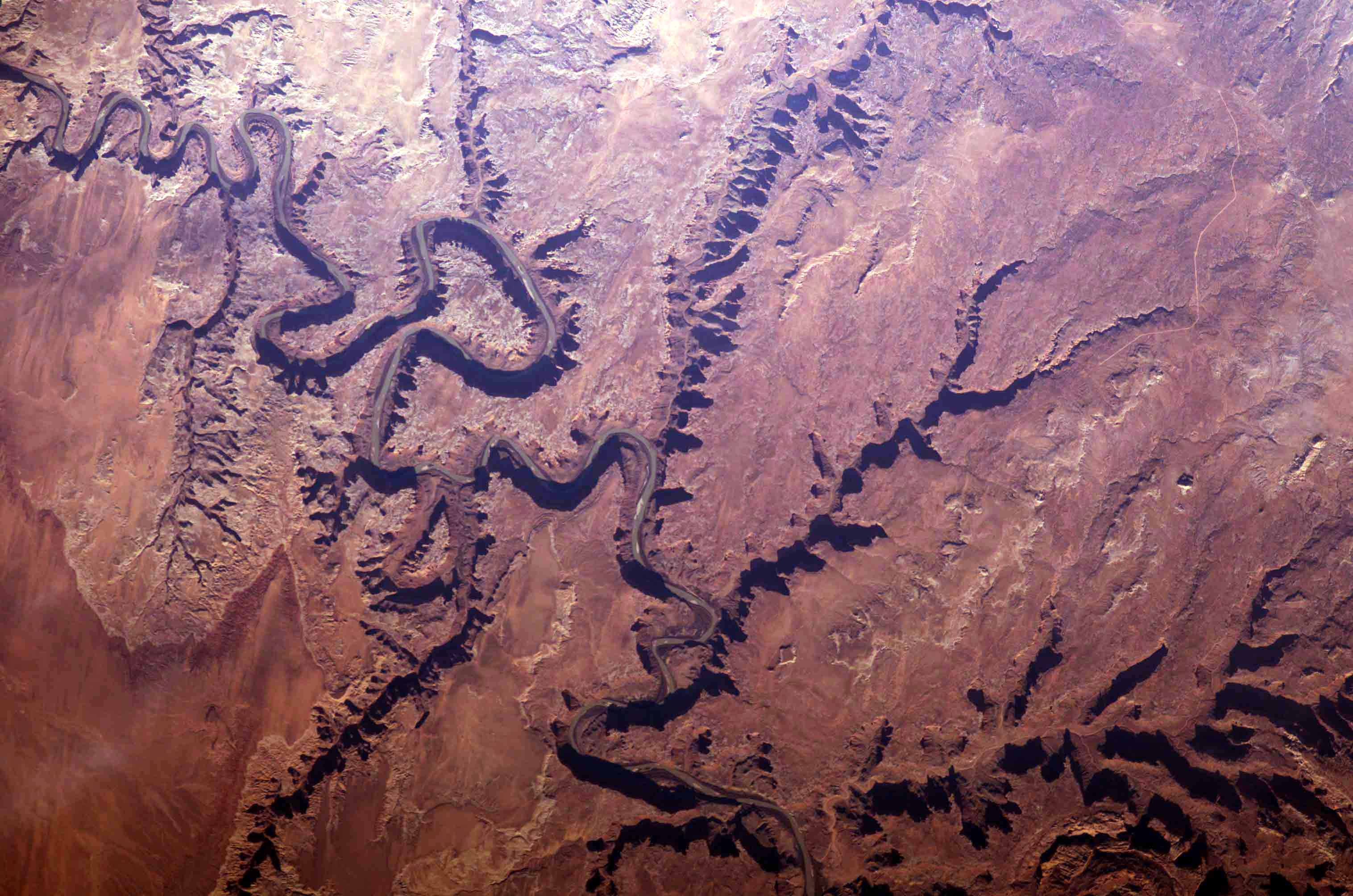To summarize our discussion in this thread:
Post #1 -
@lifepsyop suggested that perhaps the flood ended at the end of eocene. However, given that post eocene strata include layers thousands of feet thick, lifepsyop is unable to explain how thousands of feet of laterally continuous post eocene strata could form. He suggests things like mega volcanic eruptions and massive events of mass wasting, but never actually provided any evidence to support such ideas (because no such evidence exists...no surprise here).
Post #15 - Lifepsyop then began randomly talking about pleistocene strata, for reasons that were never explained.
Post # 16 - Lifepsyop further suggested some sort of clear distinction between mammals pre and post the eocene/oligocene boundary, but when presented with mesohippus (pre boundary) and merychippus (post boundary) , we can easily see that the fossil succession does not do his ideas any justice.
Post #34 - a depiction of the elephant succession which also spans the Eocene/Oligocene boundary.
Post #37 - More reasons why super volcanoes and mass wasting are unreasonable responses.
Of course volcanoes produce magma and lava. Much of the post Eocene Oligocene boundary is not magma, nor volcanic ash, nor does it consist of pyroclastic flows or features that would actually indicate that it was produced by mega volcanoes.
Post #68 lifepsyop doesnt even attempt to address my comment.
Such a structure is easily explained via old earth geology by the variation between oxidized and anoxic environments along with tectonic uplift of the catskill mountains (if anyone has any questions about oceanic trans and regressive patterns in congruence with the acadian orogeny, ask me). Of course a single flood could not create cycling layers of limestone, shale, mudstones, sandstones in a repeating cycle over and over and over again. Its simply physically impossible because water cannot sort layers of strata in such a way.
Old Earth Geology
Which leads us to...
Post #71 and
Post #81 - Where i describe features that cannot form within soft sediment, such as propogating faults, sheared oolids and trilobites, overturned angular unconformities, cataclastic deformation among other things.
I also took time to describe how certain igneous rocks only form under hundreds of degrees of temperature and under gigapascals of pressure, and how such temperatures and pressures would make all life instantaneously go extinct, then I simply followed up with a discussion about how dinosaur nests and complex burrow systems and plenty of trace fossils, indicate that life lived just fine all throughout the geologic column, all around the globe, from the earliest times of the paleozoic to the latest times of the cenozoic.
In description of temperatures and pressures at which certain rocks form, and depths at which such temperatures and pressures are present, I posted the following figures:
One has to wonder how it was that live was living all throughout the geologic column, building nests, building burrows, walking around, laying eggs, living life...in temperatures hundreds of degrees high and under pressures not possible in our atmosphere.
Post #83 - I describe sheared fossils such as brachiopods, oolids and trilobites.
If you find originally bilaterally symetric fossils bent and twisted in synchrony with the rock that theyre found within...then its pretty obvious that the rock has undergone what we call ductile deformation in which it has been bent and folded, post lithification (after it is hard). Ductile deformation is well understood and it is indeed a fact that hard rocks can bend, just as hard shells do when under extreme heat and pressure, such as that produced by tectonic motion and pressures of mountain building events. If such deformation was not performed under great heat and pressure, such folding of strata and fossils would be impossible as the brachiopod would simply fracture and break into pieces (like when you hit a sea shell with a hammer, for those of us who like simple analogies).
Post #85 My description of ductile deformation goes right over lifepsyop's head as he makes the statement "Furthermore it's unexpected that fully hardened rock would simply twist and bend like wet clay without resulting in huge fractures."
Laugh out Loud...
lifepsyop then suggests that I take a look at erosion of the washington scablands.
Stating that it looks a lot like the grand canyon, and so if the scablands can be formed by mass wasting, then so can the grand canyon.
Makes sense right?
Hold on...
Post #90 and
Post #91
Mass wasting involve high energy, linear, destructive flows of material.
An Aerial view of the scablands ^
An Aerial view of the grand canyon ^
Anyone with eyeballs can identify the clear linear destructive path of mass wasting in the scablands. The grand canyon on the other hand, has plenty of meanders, which are low energy formations. Meanders form in calm and casual, everyday rivers of todays time, not catastrophic mass wasting.
lifepsyop then struggles to understand erosion for a few posts....then just seems to give up and move on to another topic again.
I also provide two research papers on erosion rates of lithified strata, both indicate erosion rates ranging between 1-5 millimeters per year, which further supports the suggestion that meanders of the grand canyon eroded in some sort of mass wasting high energy super erosion flood.
Either you get linear destructive paths of mass wasting, or you get slow and gradual erosion in the shape of a meander. You just cant have it both ways. You cant have the force of a bulldozer plowing at 1000 miles per hour, while also having the dexterity of fox to turn at 180 degree angles. It just doesnt make any sense with respect to physics. And we have the meanders cutting through some 5,000-10,000 feet of rock, which is a problem if rivers only erode rocks away at 5 millimeters per year.
Anyway...
Post #94 - lifepsyop says " Your little meandering river scenario river has a similar problem. Namely, why does this little meandering river choose to burrow itself through thick layers of harder rock beneath it when there is less resistance on the softer sediments beside it?"
Post #114 - a description is provided
To back track a bit
Post #106 - lifepysop posts random videos of water eroding sand in a box, however this does explain how the erosion of 10,000 feet of rock in the shape of meanders could form in perhaps 100 years.
His/her other video shows erosion of soft sand underwater, but again, fails to depict the formation of meanders and fails to depict how thousands of feet of rock were eroded in the shape of meanders in 100 years.
Post #115 I summarize by stating that everything in uniformitarian geology is supported by everyday observation. For example, we see rivers forming meanders, we see erosion of rock at extremely slow rates. We see tectonic motion and ductile deformation occuring at extremely slow rates, we see animals making burrows and building nests at regular every day rates in regular everyday environments, we see sediment slowly lithifying below ground. We see mountains slowly rising into the atmosphere as a result of plate tectonic collisions.
Everything in old earth geology is based on everyday events that we can see happening today. So there are little to no mysteries involved. How do the meanders in the grand canyon form? Just as meanders anywhere else on earth form. Slowly. How does 10,000 feet of rock get eroded in a meandering stream? Just as any other amount of rock is eroded in a meandering stream, very slowly.
What did we learn about young earth views?
I will quote myself:
Simultaneously, we look at the alternative of a young earth. Here we see physics and chemistry being defied at every turn. We cant talk about young earth ideas for 5 seconds without something not making sense or without invoking acid waters which erode away thousands of feet of rock in brief periods of time...or animals finding random islands in the midst of an apocolypse and building nests and laying eggs and digging complex burrow networks, as if life was going on casually. Propogating faults which allegedly form in soft or semi soft sediment (which doesnt make any sense) or...shearing of trilobites in synchronization with rock, somehow also occuring in soft or semisoft sediment...which doesnt make any sense.
It all defies physics and chemistry from the very beginning to the very end. Because you cant shear objects that are not fused or lithified together, nor can you create propogating fractures in objects that are not solid. It just doesnt make any sense.
And if there were really flood waters that engulfed the whole world, except for the tallest mountains, then terrestrial life and nests and burrows and tracks...should not be found in every geologic period (post devonian of course), all around the globe. It is blatently obvious that all life, lived, and prospered all throughout all of these layers, all over the world. There was no instantaneous single extinction of life. There were 5 mega extinctions, but even these, before and after, life prospered within strata. For example, we have our k-t boundary and iridium layer and the yucatan impact crater with shocked quartz and all that good stuff. Yes, the dinosaurs didnt live after the superpositional location of the iridium layer, but life still prospered before and after this layer, as with the other extiction layers. And if it wasn't the flood that killed the dinosaurs, but rather was an asteroid, you would think there would something in scripture about this.
And none of this makes any sense from a young earth perspective. But it all makes perfect sense from an old earth perspective.
=========================================
Pysops final response?
"Your seemingly most critical attack, that the grand canyon could not possibly have been carved within hundreds of years, you didn't even support at all as far as I can tell."
"However, I made a Grand Canyon thread, you can discuss here if you want. I'd be glad to hear your take on things. You are a challenging debater and I like that.
Debunking 'millions of years' - Grand Canyon Geology"
---------------------------------------------------------------------------
This discussion speaks for itself.
For more details, anyone is free to read through post by post.

